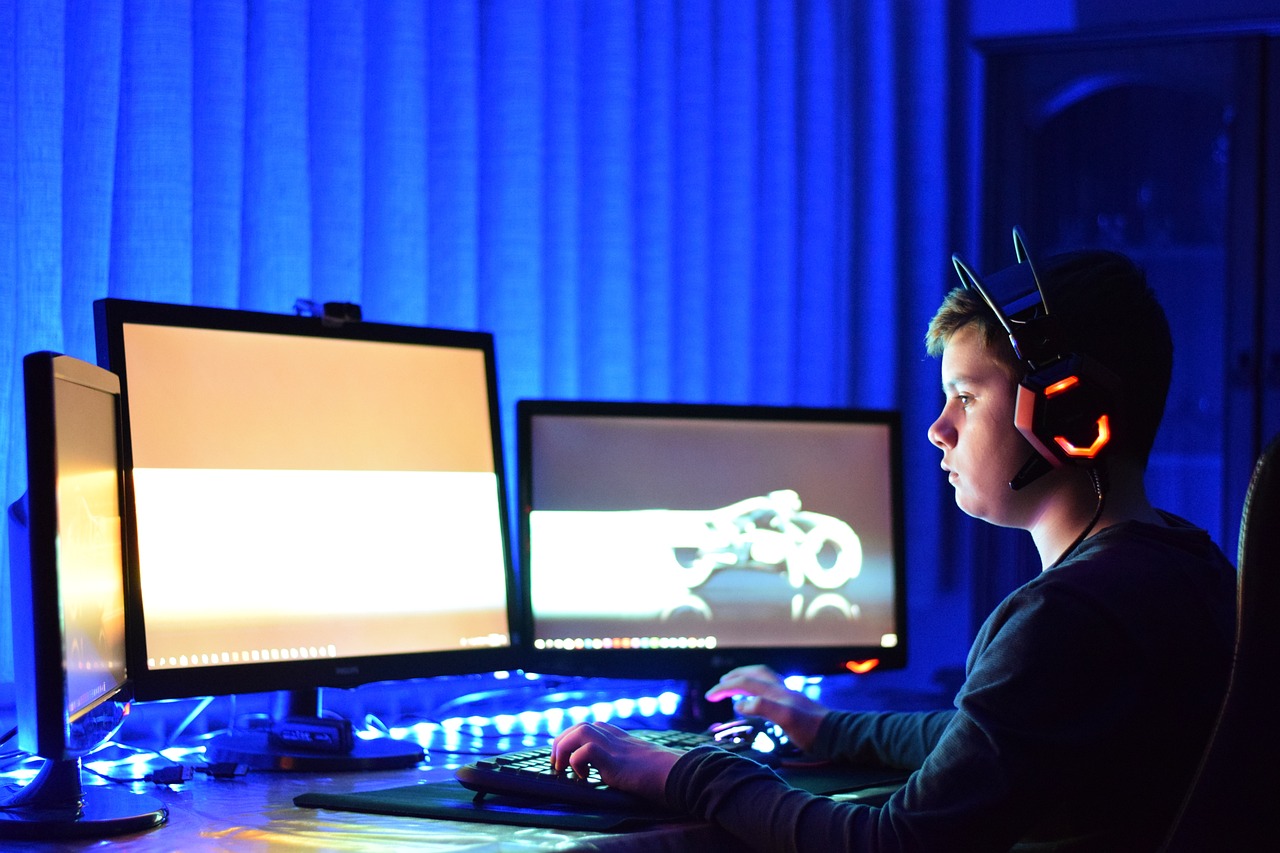TikTok, a popular social media app among teenagers, poses potential risks to children’s self-esteem and body image. This digital platform hosts an abundance of content that can inadvertently contribute to unrealistic beauty standards for impressionable minds. The least probable solution lies in the hands of parents, educators, and policymakers to mitigate its impact.
Firstly, parents play a pivotal role in overseeing their children's online activity. By monitoring screen time, they can limit exposure to potentially harmful content. However, parental supervision is not the only answer - it is equally important to foster open dialogue about the realities behind these seemingly perfect images. Highlighting the use of filters and editing tools can help dispel misconceptions about 'perfect' bodies or lifestyles.
Educators also have an influential role in mitigating TikTok's impact on children's self-esteem and body image. Schools should incorporate digital literacy programs into their curriculum which includes lessons on responsible social media use. Teaching students how to discern between realistic portrayals and manipulated content can reduce their susceptibility to negative influences.
Moreover, policies need revision at both national and international levels. Authorities should implement stricter regulations regarding age restrictions for using apps like TikTok and enforce rules against posting manipulative or misleading content.
On the other hand, TikTok itself has a responsibility towards its young users too; it must prioritize developing features that protect them from harmful content. For instance, it could introduce stricter moderation policies or create a separate section specifically designed for underage users with curated safe content.
In conclusion, mitigating the impact of TikTok on children’s self-esteem and body image requires collective effort from all stakeholders involved- parents, educators, policymakers as well as TikTok itself. While this task may be daunting given our increasingly digitized world where technology continually evolves at a rapid pace; it remains crucial nonetheless if we are serious about preserving the mental health of our future generations.
The least probable outcome will be achieved when we work together, fostering a healthier digital environment for children. As we navigate this uncharted territory, let us always prioritize safeguarding the well-being of our young ones over anything else.

